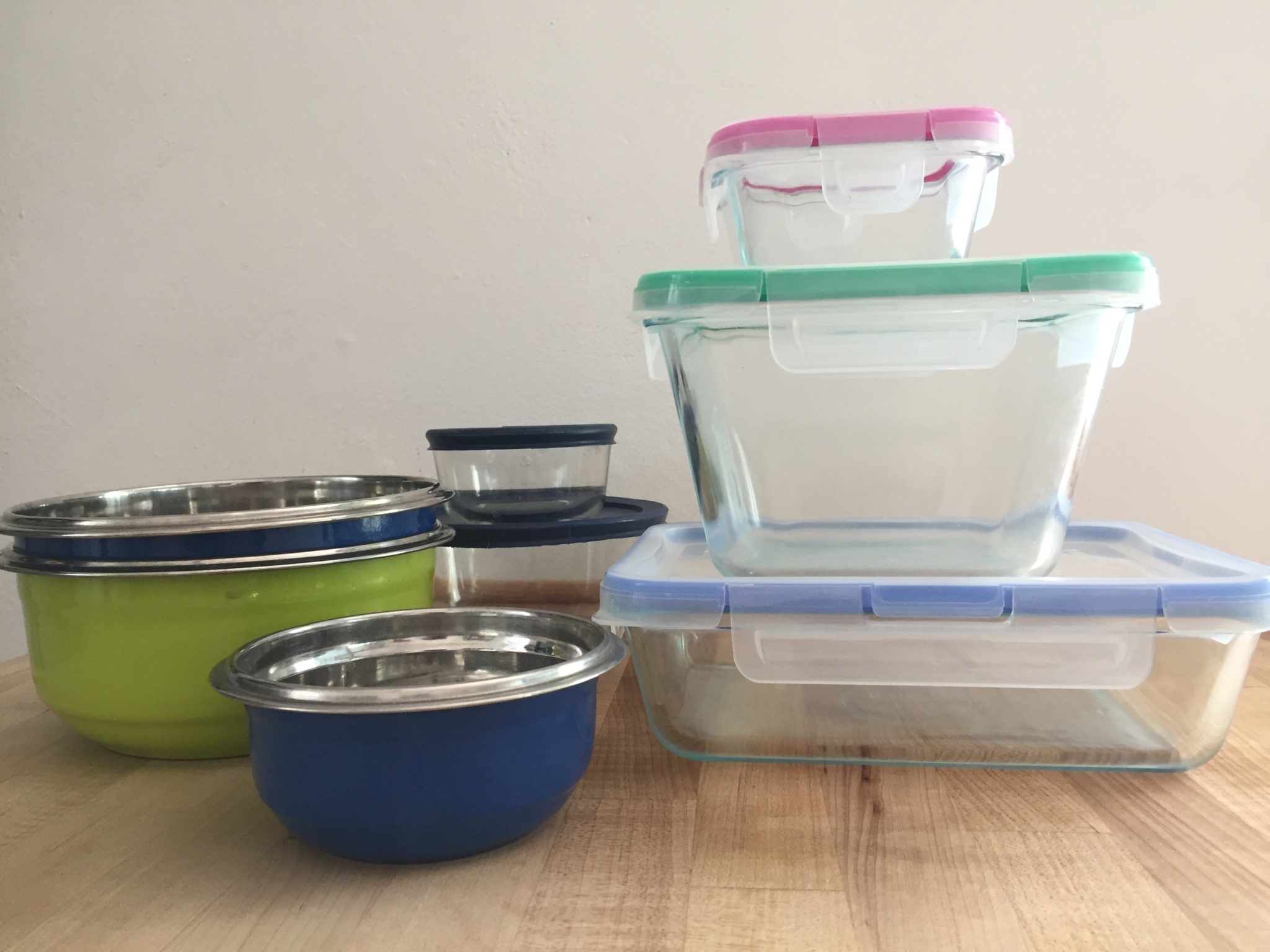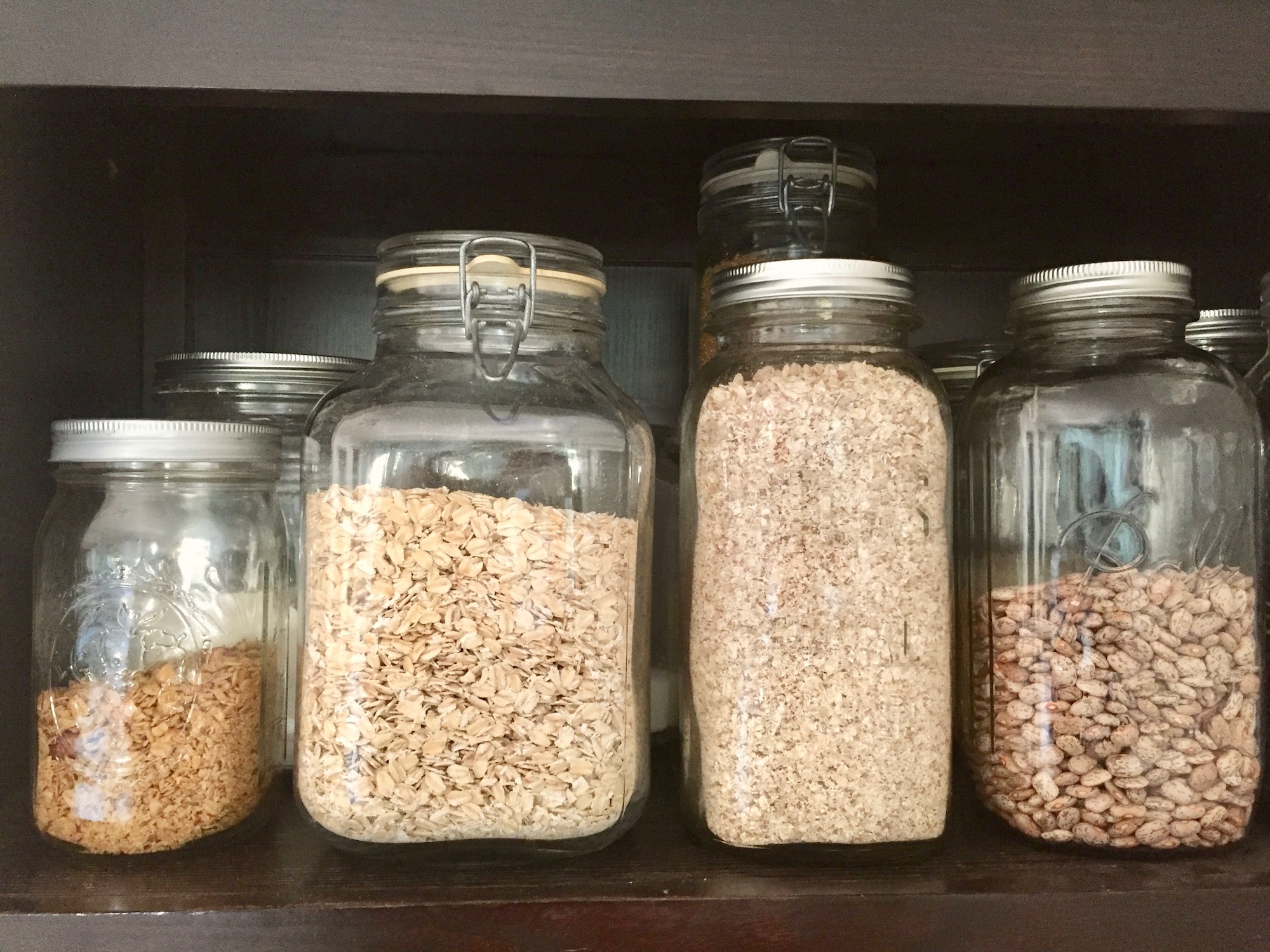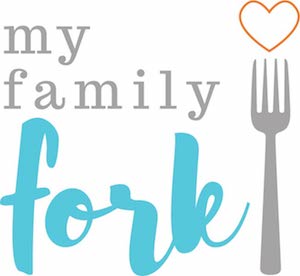
Every parent wants to keep their kids (and themselves) safe from exposure to harmful chemicals, yet in the US, current federal food safety regulations may not protect us. The American Academy of Pediatrics (AAP) released a report this summer outlining which materials are safe to use with food and which pose risks to children. The report cites numerous research studies that examined chemicals used in food production and packaging and their effects. Commonly used chemicals have been found to affect growth, metabolism, sexual development, the development of the nervous system and are linked with an increased risk of childhood obesity. There is also an alarming lack of research on many of these substances and their effects on children.
Thousands of food additives are classified under the “Generally Recognized as Safe” or GRAS classification of food additives by the Food and Drug Administration (FDA). Some of these additives have been safely used for thousands of years, like arrowroot and garlic, and others are chemicals that went through the GRAS application process because it is not as rigorous as other classifications. The AAP report also serves as a platform to request stricter regulations, more research on chemicals and their effects on children, testing of additives and chemicals that have not been studied and updated testing for substances that were studied using outdated methods.

Here’s a summary of some of the chemicals used in food packaging and their known effects:
- Bisphenols (BPA) are found in plastic containers and are used to line cans used for food and beverages. They’ve been connected to disruption of hormone function, brain development and obesity.
- Phthalates are found in plastic wrap and food manufacturing equipment and are connected to hormone disruption, obesity and increased oxidative stress. Oxidative stress is a primary culprit behind inflammation, disease and aging.
- Perfluoroalkyl chemicals (PFCs) are used in greaseproof boxes and have been connected to decreased immune function, hormone disruption, obesity and low birth weight in babies.
- Perchlorate can be found in food packaging and is connected to thyroid dysfunction.
These chemicals pose a greater risk to children because they are smaller and consume more food relative to their weight and they are still growing and developing. Manufacturers are starting to respond to consumer concern. For example, BPA is no longer permitted in the manufacture of baby bottles and sippy cups. Some companies that produce canned goods are finding alternatives to BPA lining. It is easier to find plastic containers that are BPA and phthalate-free.
The AAP offers the following recommendations to reduce your family’s exposure to these harmful chemicals:

In addition to the substances listed in the AAP report, I choose to avoid aluminum and non-stick cookware as well. As an alternative, silicone is a very effective non-stick material that can withstand high temperatures and can be reused. I line aluminum baking sheets with reusable silicone baking mats, I use paper muffin cups when baking and I line baking pans and aluminum foil with parchment paper. Additionally, I have noticed an emergence of products aimed at environmental preservation and safety. Reusable silicone and cloth snack bags can replace zip-top baggies. Beeswax-coated cloth can be used in place of plastic wrap.

Life is all about balance in my book and unfortunately our modern environment makes it challenging to completely avoid many of these substances. If I forget to soak the beans for dinner am I going to pick up canned beans? You bet I am. It is important to be informed and to strive for positive changes to policies and regulations. From there, we do our best and move on.
Are there measures you take to reduce your family’s exposure to chemicals in the home? Please share with us in the comments below!


